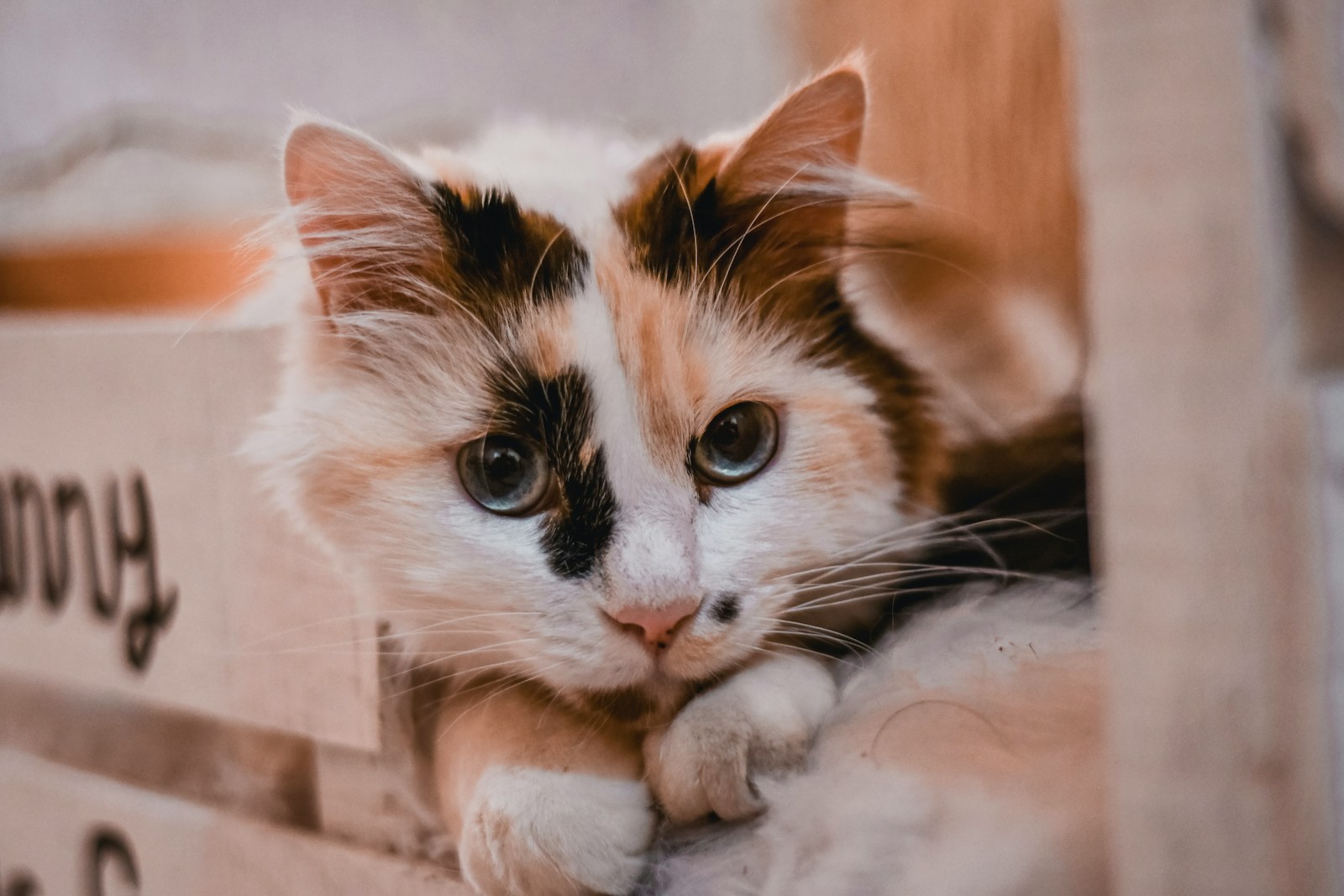🐱 First Things First: What Is Purring?
A purr is a low, rhythmic sound made by cats (and some of their wild cousins) through rapid twitching of the laryngeal muscles. Yeah, it’s basically a throat spasm… but make it cute.
😻 1. They’re Happy (Duh)
Yes, cats purr when they’re content. When they’re curled in a sunbeam, kneading your blanket, or snuggled on your lap like a little furball of joy—that’s classic happy-purring.
It’s basically their way of saying, “I like this. Please don’t move. Ever.”
😿 2. They’re Stressed or in Pain
Surprise! Cats also purr when they’re hurt, scared, or sick. What?! Yep. It’s believed to be a self-soothing behavior. Kind of like how we hum nervously or talk to ourselves in a stressful situation.
Some scientists think purring might even help cats heal themselves (more on that in a sec 👇).
🍼 3. It Starts at Birth
Kittens start purring when they’re just a few days old. They purr while nursing to let mama cat know, “Hey, I’m okay and still suckling.” Mom cats purr back to comfort the kittens.
It’s basically the feline version of baby talk.
🧬 4. Healing Powers? Oh Yes.
Get this: Cat purrs vibrate at frequencies between 25 and 150 Hz, which just so happens to be a range known to promote bone growth and healing in humans and animals.
So yeah, cats might literally be healing themselves while chilling. Little bio-hackers in fur coats.
🍗 5. The “Feed Me” Purr
Cats have a special manipulative purr just for humans. It includes a high-pitched cry (like a baby’s wail) embedded in the regular purr rhythm.
Translation: “I’m adorable AND starving. Feed me, peasant.”
This version tends to work. Every. Single. Time.
🐯 Bonus: Big Cats Don’t Always Purr
Not all felines can purr. Lions and tigers? Nope—they roar instead. But cheetahs, bobcats, and cougars? Yes, they purr! It’s a purring party in the smaller cat crew.
Final Thoughts: Purring Is Multifunctional Magic
Cats purr when they’re:
- Happy
- Hungry
- Healing
- Scared
- Cozy
- Being sneaky emotional manipulators
In other words, purring is way more complex than it sounds. It’s not just a sign of joy—it’s a full-on communication tool, self-help strategy, and maybe even a built-in medical device.
Now, go give your purring cat a little nod of respect. That sound? That’s science, survival, and sweetness rolled into one. 🐾
